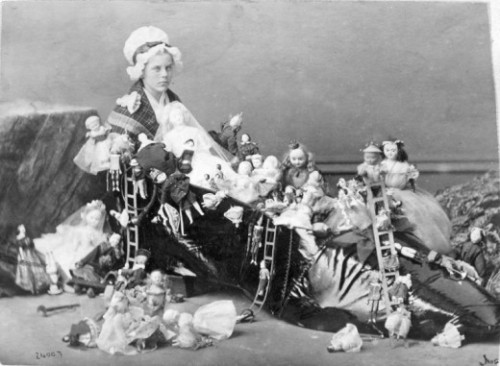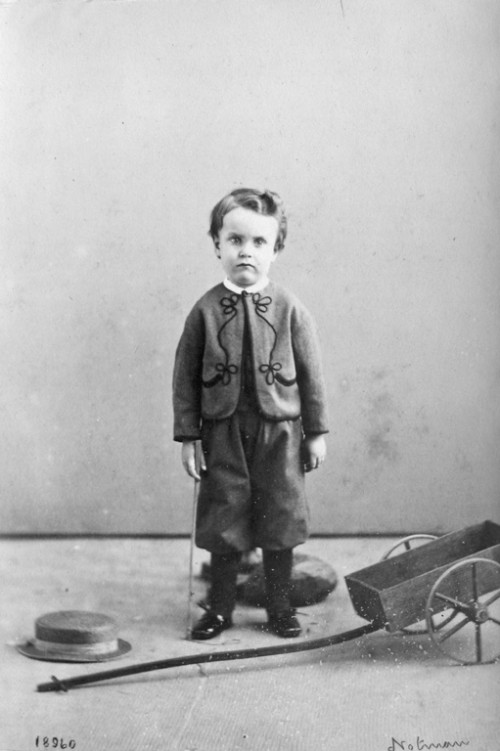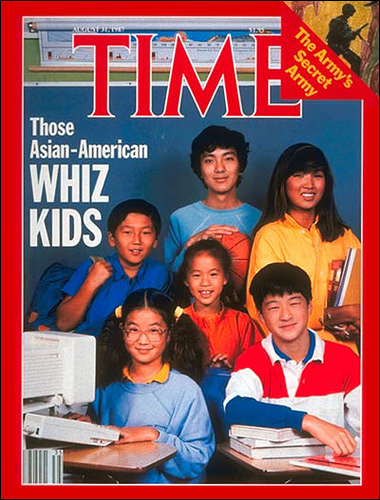Cross-posted at Compassionate Societies.
A new study from Pew, based upon a large national survey, found that people reported a lot more cruelty and the absence of kindness that many would expect. This implies that social networking sites (SNS) could use a lot more compassion.
Among adults, 85% say that their experience on the sites is that people are mostly kind. Fewer teens said the same, only 69%. More, social networking sites contributed to real life problems: including arguments and physical fights with friends, family members, teachers, or co-workers. In all categories, teens were about twice as likely to report that SNS got them into trouble:
Racial minority populations encountered an even more cruel environment on SNS. Forty-two percent of Black and 33% of Hispanic SNS users said they frequently or sometimes saw language, images, or humor that they found offensive, compared with 22% of White SNS users.
Interestingly, people who used social networking sites on a daily basis were far more likely to report experiencing negative things:
SNS users also reported positive experiences, suggesting that, for many, social networking is a mixed bag of good and bad:
————————
Ron Anderson, emeritus professor of sociology at the University of Minnesota, has written many books and hundreds of articles, mostly on technology. In his retirement, he is doing research and writing on compassion and suffering and maintains the website CompassionateSocieties.org.














